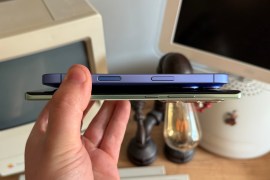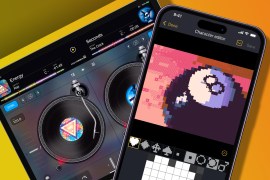App Store at 10: ten iPhone and iPad apps to make Android owners jealous – and five duds that won’t
Ten reasons why iOS is in first place when it comes to the best mobile apps
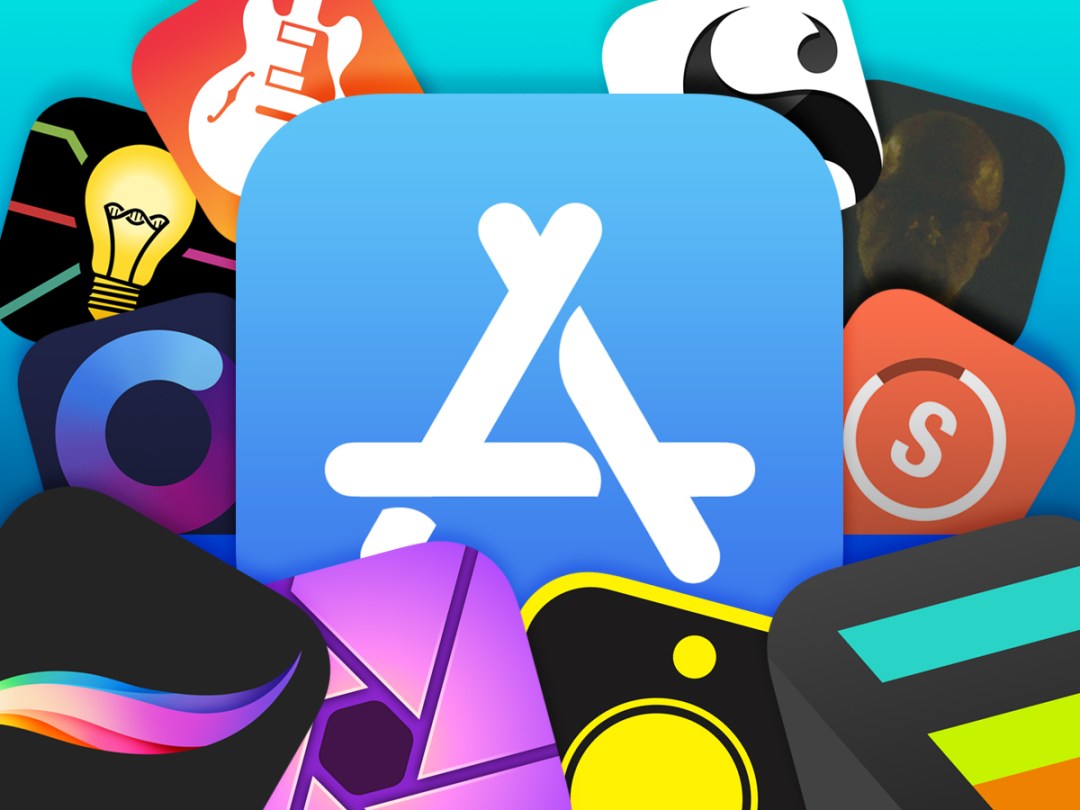
The App Store has turned 10. Hurrah! Stuff was going to bake a cake and everything, but figured you’d all be better off with some lovely app recommendations instead.
So to celebrate the App Store’s first decade, here are ten top-notch apps that highlight the sheer quality at the top of the iOS app heap – and that you can’t get on Android.
Then – for a bit of balance, just like the BBC – we’ve listed five bafflingly awful duds you’ll be glad you were able to avoid. Unless you didn’t, in which case sorry for dredging up bad memories.
GarageBand
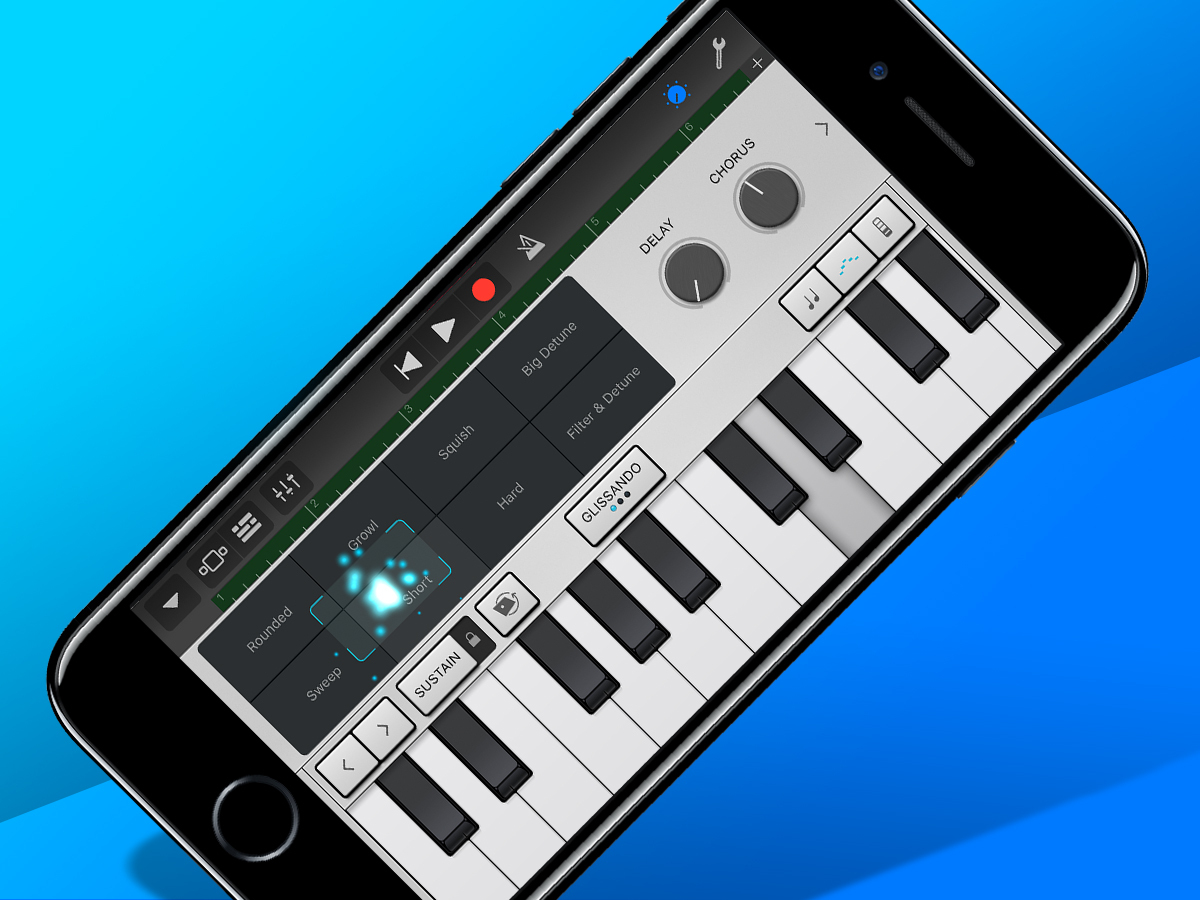
There’s an embarrassment of riches on iOS regarding high-quality music-making apps. Arguably, Apple’s GarageBand was the catalyst. Doing the impossible back in 2011, it shoehorned a digital audio workstation into an iPhone. Since then, it’s grown to become hugely capable.
If you’re barely beyond smashing a rock against another rock when it comes to making sounds, you’ve still a fighting chance of crafting a top-ten smash here, what with all the smart instruments. But if you already trouble the charts with your grooves and perfectly tuned everythings, GarageBand is a free mobile studio in your pocket. You’ll want to time-travel to 1980 with it, just to point and laugh at people battling with four-track cassette recorders.
Procreate
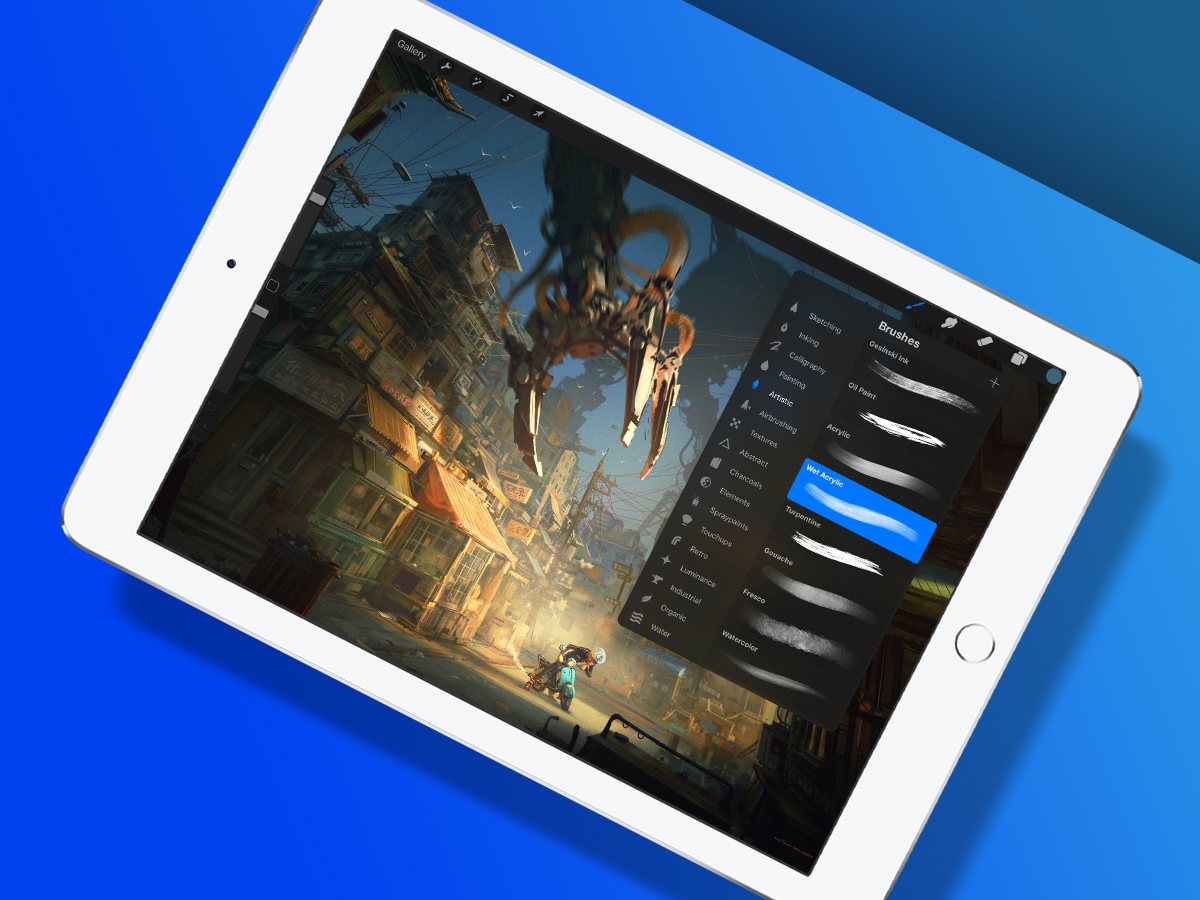
In 2009, artist Jorge Colombo painted a New Yorker cover using iPhone app Brushes. It showed the iPhone wasn’t just for consumption. Procreate reasoned there was space for a pro-level Brushes equivalent, with the kind of tools proponents of desktop-quality software enjoyed.
Moreover, though, Procreate is an app that embraces the joy of painting. Instead of giving you a panel-heavy interface, it (and iPhone cousin Procreate Pocket) has always been minimal, getting out of your way when you’re adding dabs of colour to your masterpiece. And whether you’re splattering ink or paint about, you’ve the added benefit of not treading any into the carpet.
Hipstamatic
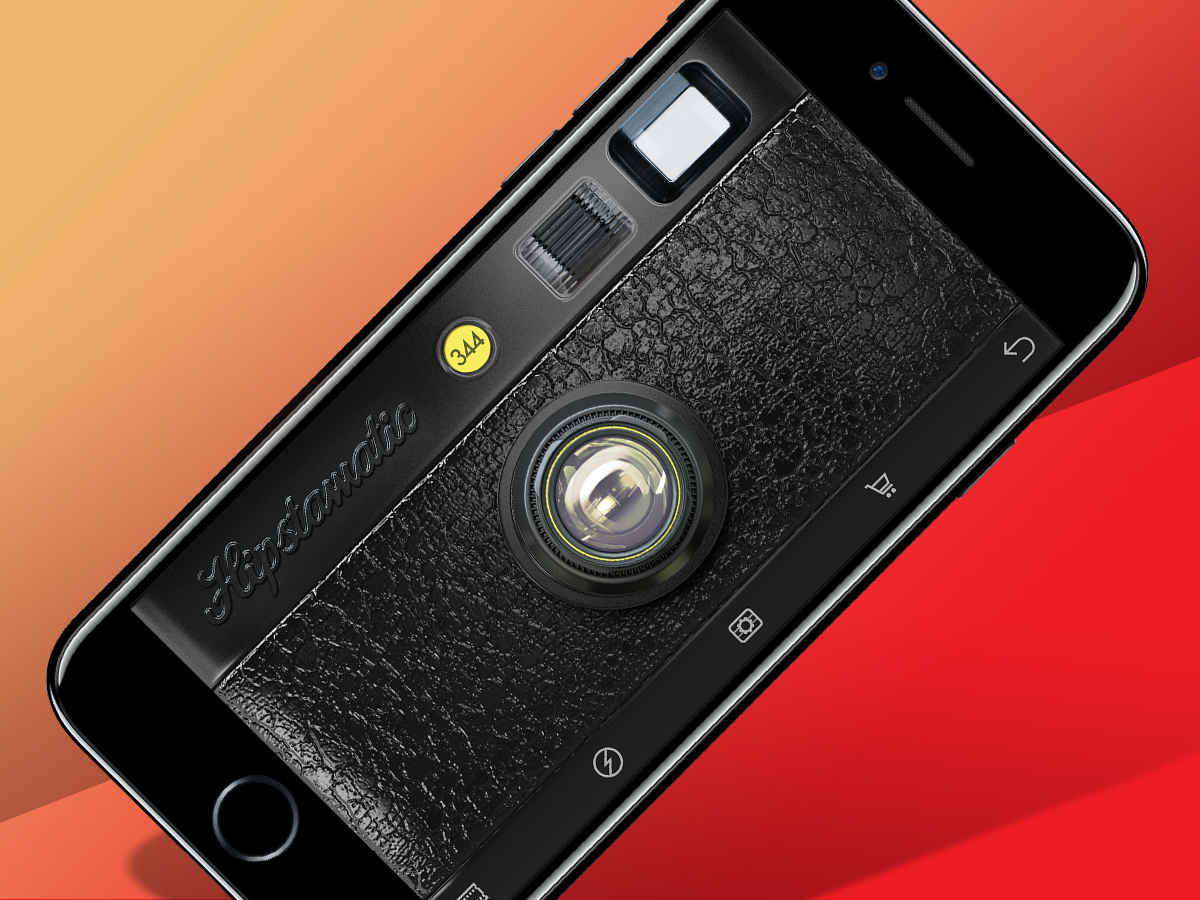
In the early days, the iPhone camera was rubbish, but it became hugely popular, simply because iPhone owners had it on them at all times. Apps attempted to hide the camera’s lowish quality by slathering photos in effects they claimed were cool and trendy. Hipstamatic went much further, transforming your iPhone into an analogue camera.
It took this in a distinctly literal direction: you switched virtual lenses and films, and got a tiny viewfinder to peer through, wondering what you’d end up with when the ‘film’ was developed. Some years later, the app presumably got a visit from an angry Jony Ive and went all minimal – but a sneaky button still gets you back to that old-school cool.
Affinity Photo for iPad
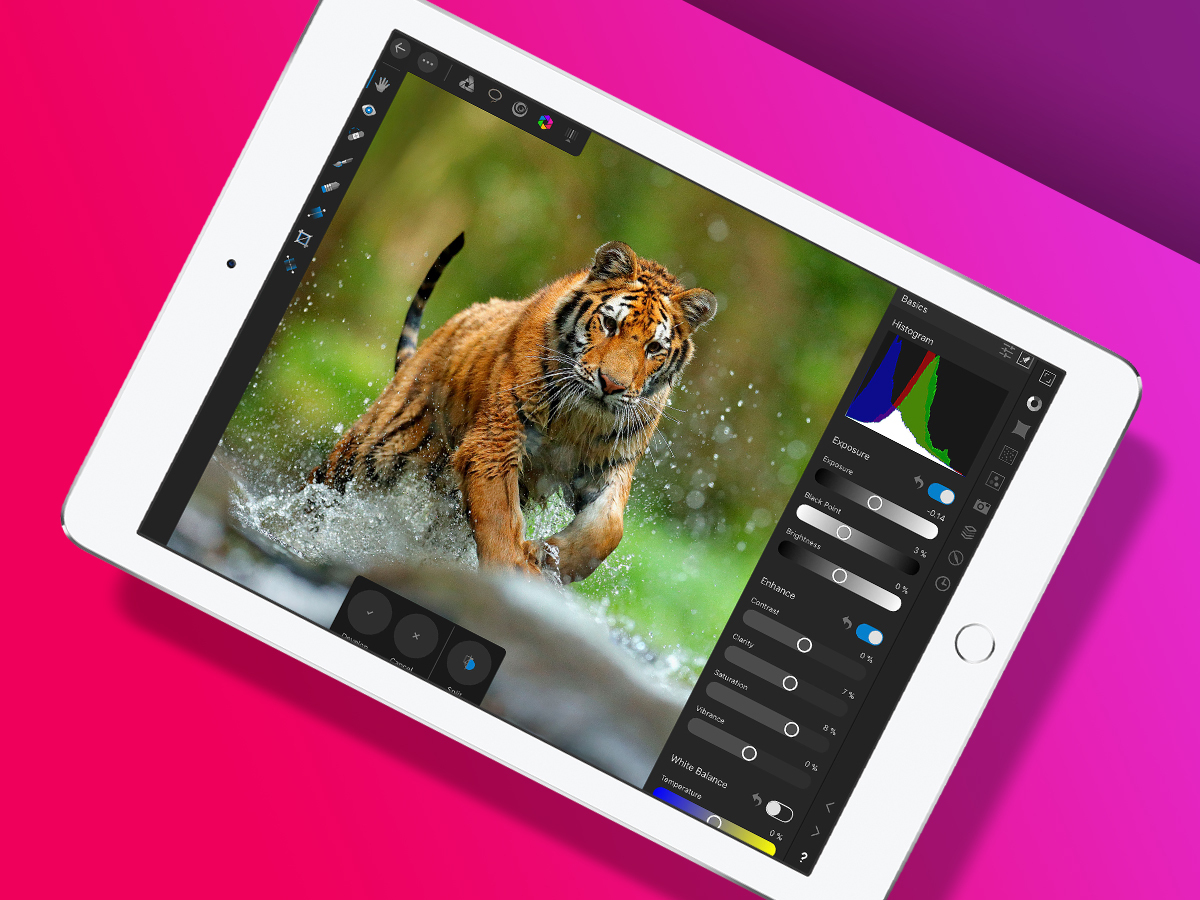
On the desktop, Serif performed an audacious land-grab with its wallet-friendly, high-quality Photoshop rival. On mobile, though, Adobe was conspicuously absent when it came to a full-fat photo-editing experience. So Serif took advantage by porting its entire app across.
Even with modern iPads in 2017, this was seriously ambitious stuff, and yet it worked. Here was desktop-grade photo-editing on a tablet, freeing people from cables, PCs and sitting in boring offices for days on end. On iOS, there’s nothing else like it; on Android, there’s of course just nothing like it.
Streaks
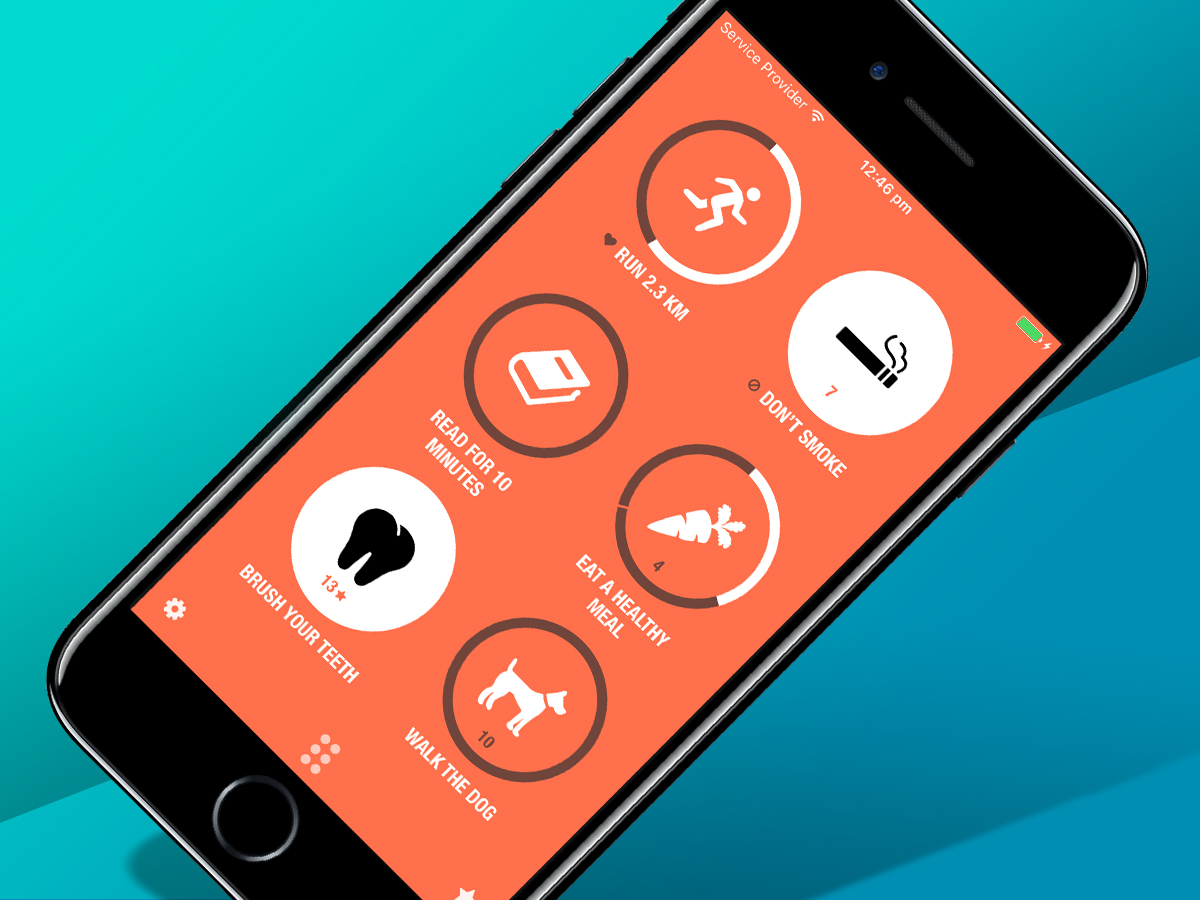
To-do lists can be a great way to organise, but also the bane of your existence when you stare at a lists of 47 things that must be achieved by lunchtime. Streaks has no truck with that, instead doubling down on simplicity in a way nothing else really does on mobile.
It strips back to-dos to six recurring items, the aim being to infuse them into your routine and form good habits. And the system works – when you’ve six massive buttons to prod, goals aren’t hidden away; but when you fancy seeing how you’re doing, all manner of wiggly graphs exist to feast your eyes on.
Scrivener
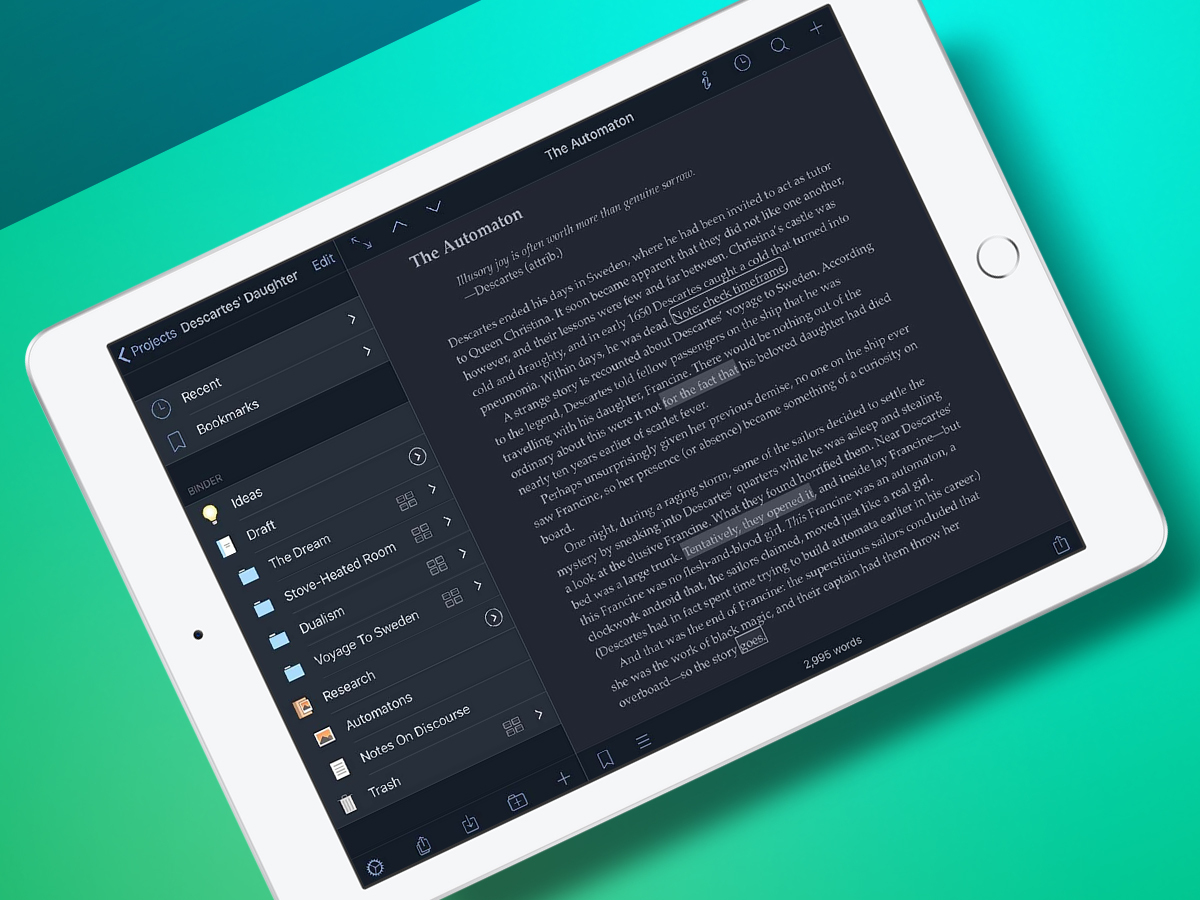
Microsoft Word and Google Docs won the mainstream, but Scrivener became a desktop indie darling for novelists and writers. Its mix of flexibility and power – stashing notes and documents in a sidebar; index cards for synopses; speedy organisation of drafts and chapters – gave you a shot at being the next J.K.Rowling in a way rival tools could not.
On iPad, it’s basically the same app – and arguably even better in some ways than on desktop, due to a sleeker, minimal interface. Even on iPhone, you can potentially pen a bestseller – if your thumbs don’t cramp easily. Either way, it beats the other usual suspects on mobile by far.
Fugue Machine
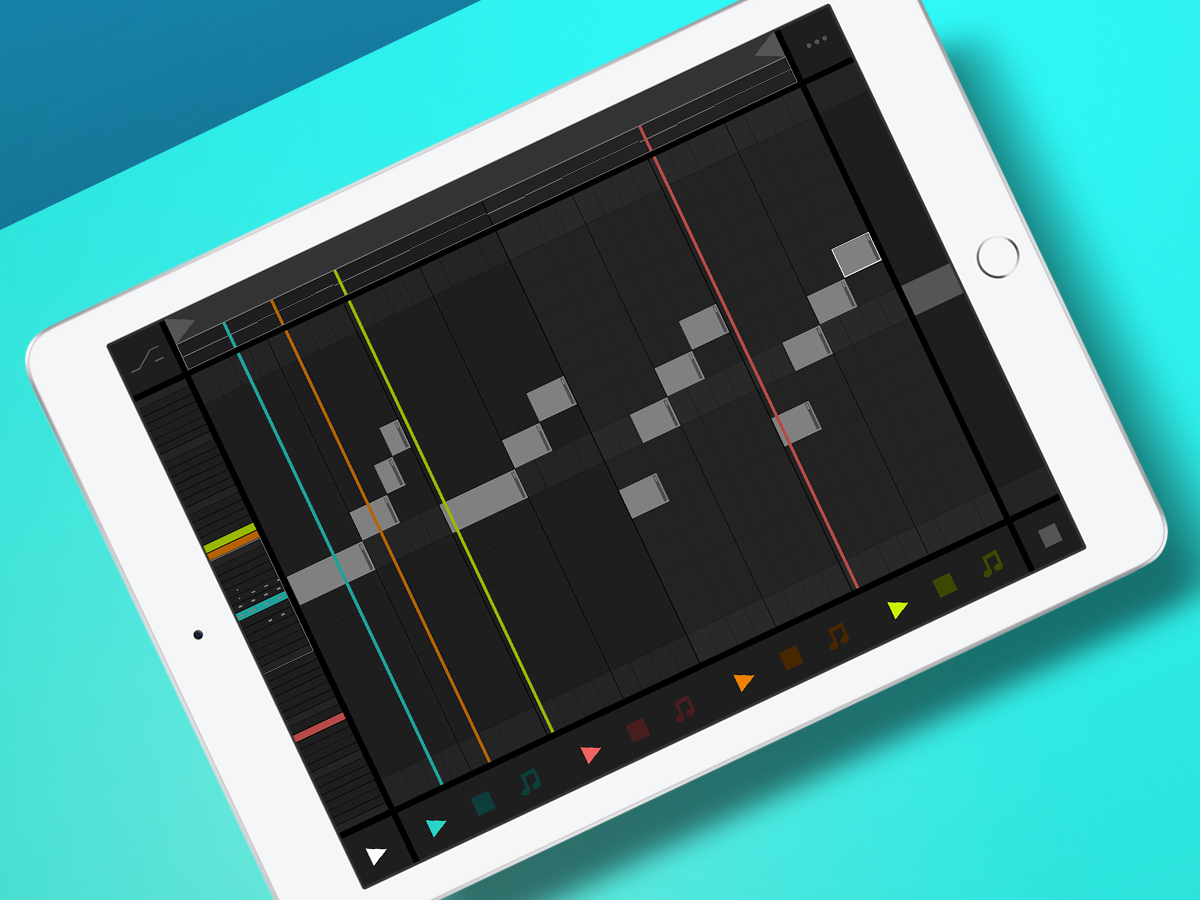
You might think you’ve seen music apps that go old-school, but this one claims to be ‘Bach in a box’, through providing an entry point into composition techniques used in Baroque music and Serialism. Which may make you want to nod off, but wait, because Fugue Machine is brilliant.
The app lets you create hypnotic, mesmerising music using loops and a multi-playhead system. Assuming you can twiddle dials and tap notes on a piano roll, chances are you’ll be able to create something beautiful within minutes. And this is the kind of unique app you only find on iOS, on the basis people will occasionally part with actual money.
Journeys of Invention
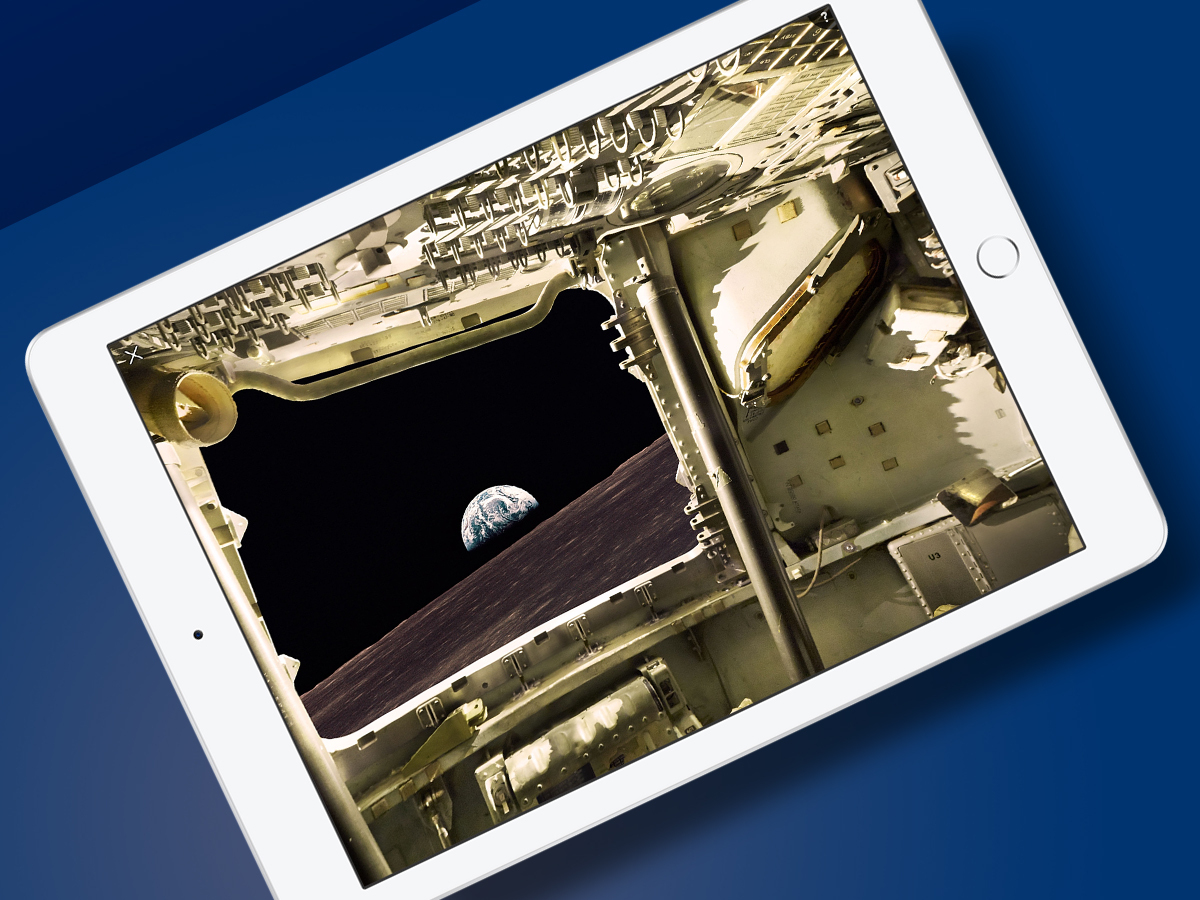
A textbook? Yes, we’re shoving education in your face, but that’s because this one’s the pinnacle of interactive tomes. It comes across like a tour of the Science Museum as you work your way along interweaving paths that chart the history of invention.
It’s not just words and photos. You can step inside the Apollo 10 command module, examine a flea under a microscope, and send secret messages using an Enigma Machine. The book’s insightful, smartly designed, and makes you wonder if there really is something in a post-paper world after all. Although, again, it appears to be a world not too fussed about existing anywhere beyond the iPad.
Oilist
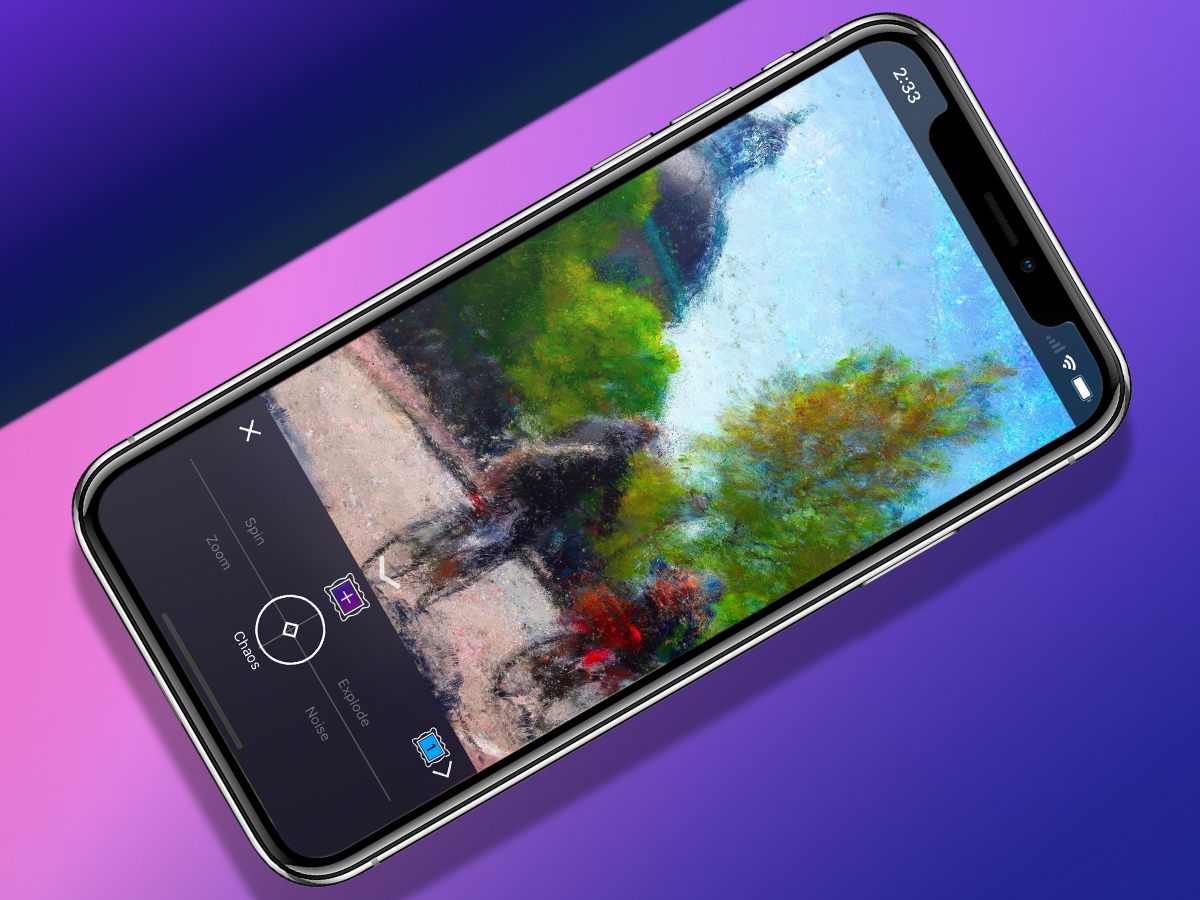
Swing David Hockney around the App Store and you’d crack his head on a dizzying number of filter apps that attempt to turn photos into paintings. But none feel like painting – you just tap a button to see a special effect.
By contrast, load a photo into Oilist and it wipes everything away before simulating a tiny painter in a Groundhog Day loop, reworking the same image over and over, gradually changing details and styles.
You can shoot 4K stills for posterity, and the app won’t even angrily hurl a beret your way when you fiddle about with the various live controls to ‘steer’ the direction of the ongoing virtual masterpiece.
Brian Eno : Reflection
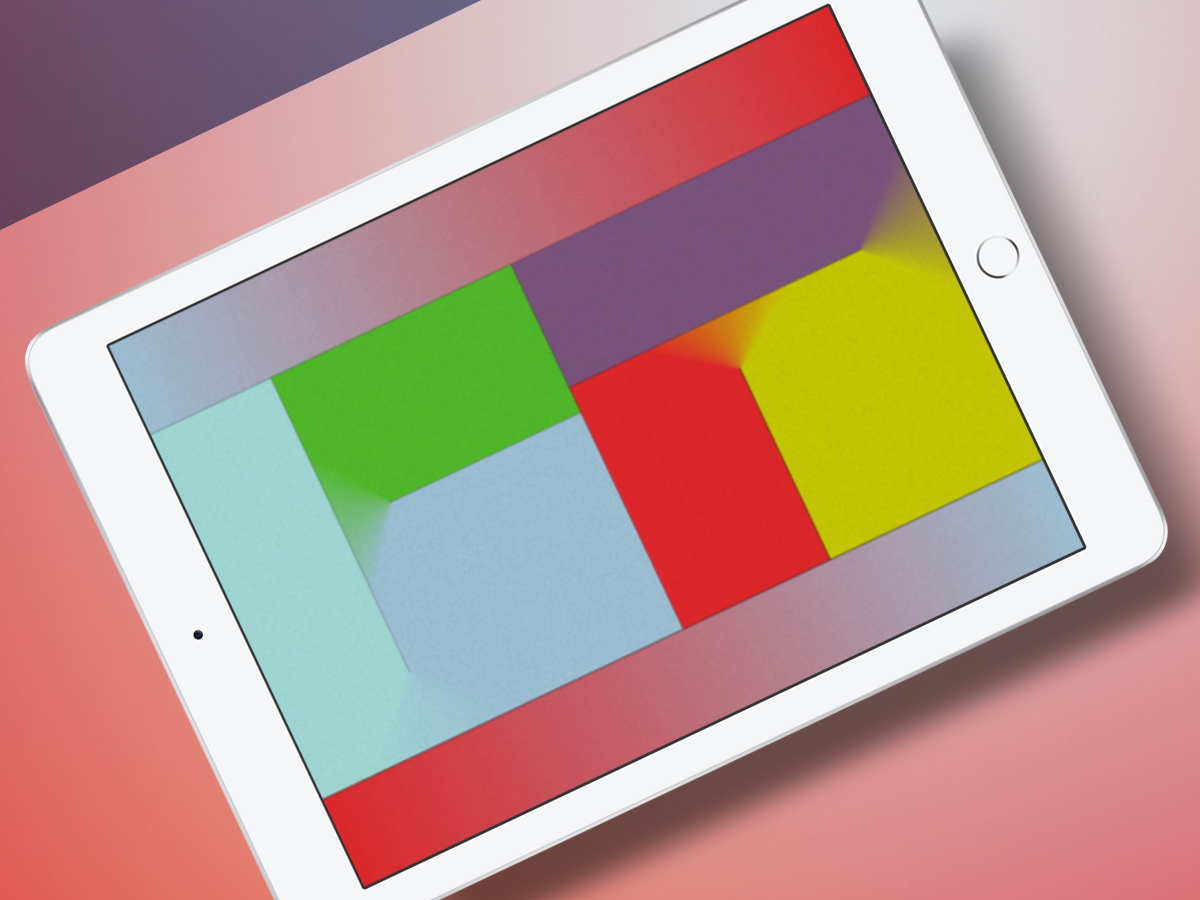
Yes, we know: a Brian Eno album that costs thirty quid. Madness! Only, this isn’t an album in the conventional sense, more the logical culmination of the ambient master’s life’s work. And that’s because this app constantly reworks Reflection, making it unfold differently all the time.
Eno likens it to a river – always the same, but always changing – and this is reflected (OHO!) in the slowly shifting displayed artwork. If you’re not into ambient music, you’re probably baffled at our excitement; but if you’re a fan of Eno, this app’s like locking him in your house, and having him remix his album forever – only without the subsequent kidnapping charges.
Give me five… App Store barrel-scraping duds
Actually: don’t, because they’re rubbish. But if you want a sample of the App Store’s nadir over the past decade, feast your eyes on these five disasters. And then run away – very, very quickly.
I Am Rich
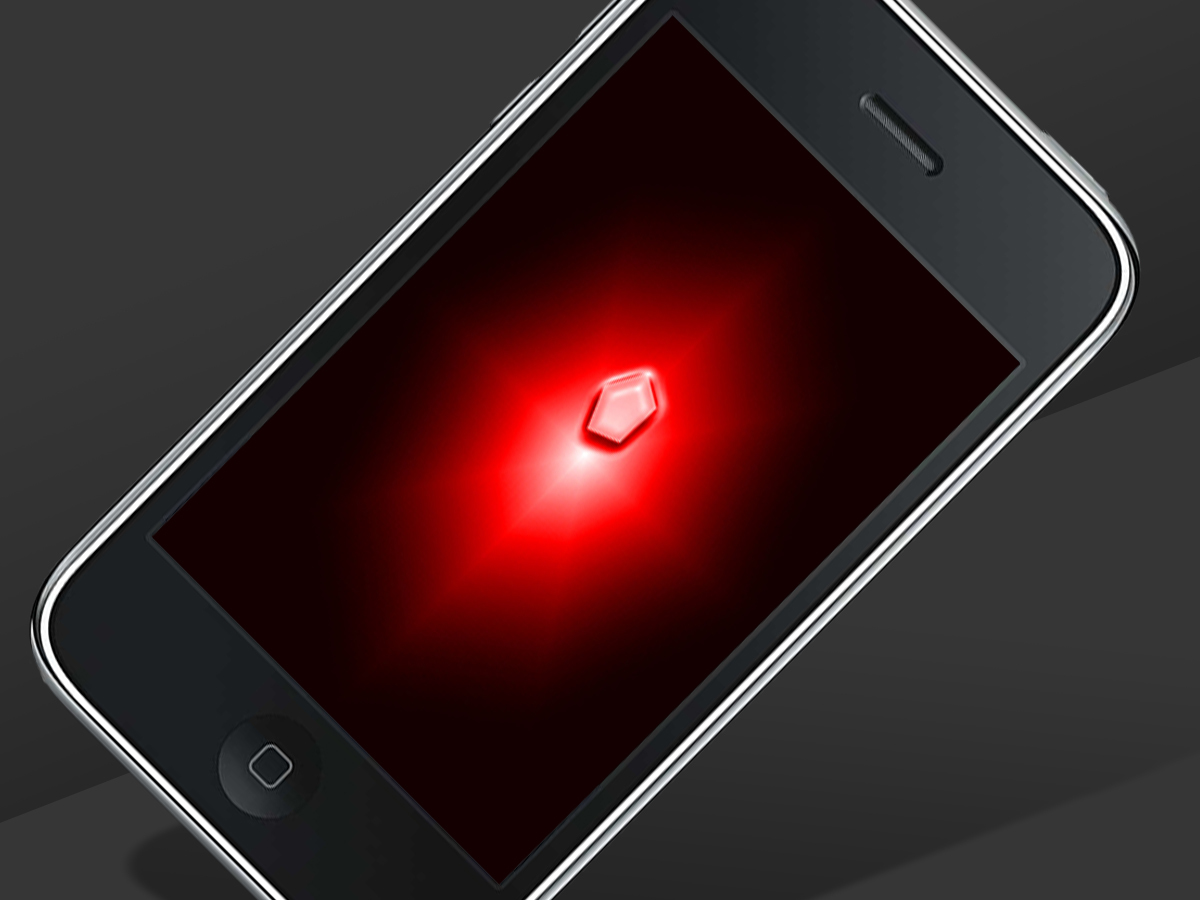
Released on 5 August 2008 and yanked from the App Store 24 hours later once Apple realised what had been unleashed, I Am Rich cost a penny shy of a grand. For that you got a glowing gem and a mantra. It was pointless, and apparently six people fell for its charms.
If you’re wondering what all the fuss was about, I Am Rich LE lives on for ‘only’ ten quid, and adds a calculator, for some reason. That said, Stuff suggests “I’ve spent ten quid on a rubbish app” is less of a status symbol than “I’ve got a grand to burn”, albeit arguably similarly stupid.
iBeer
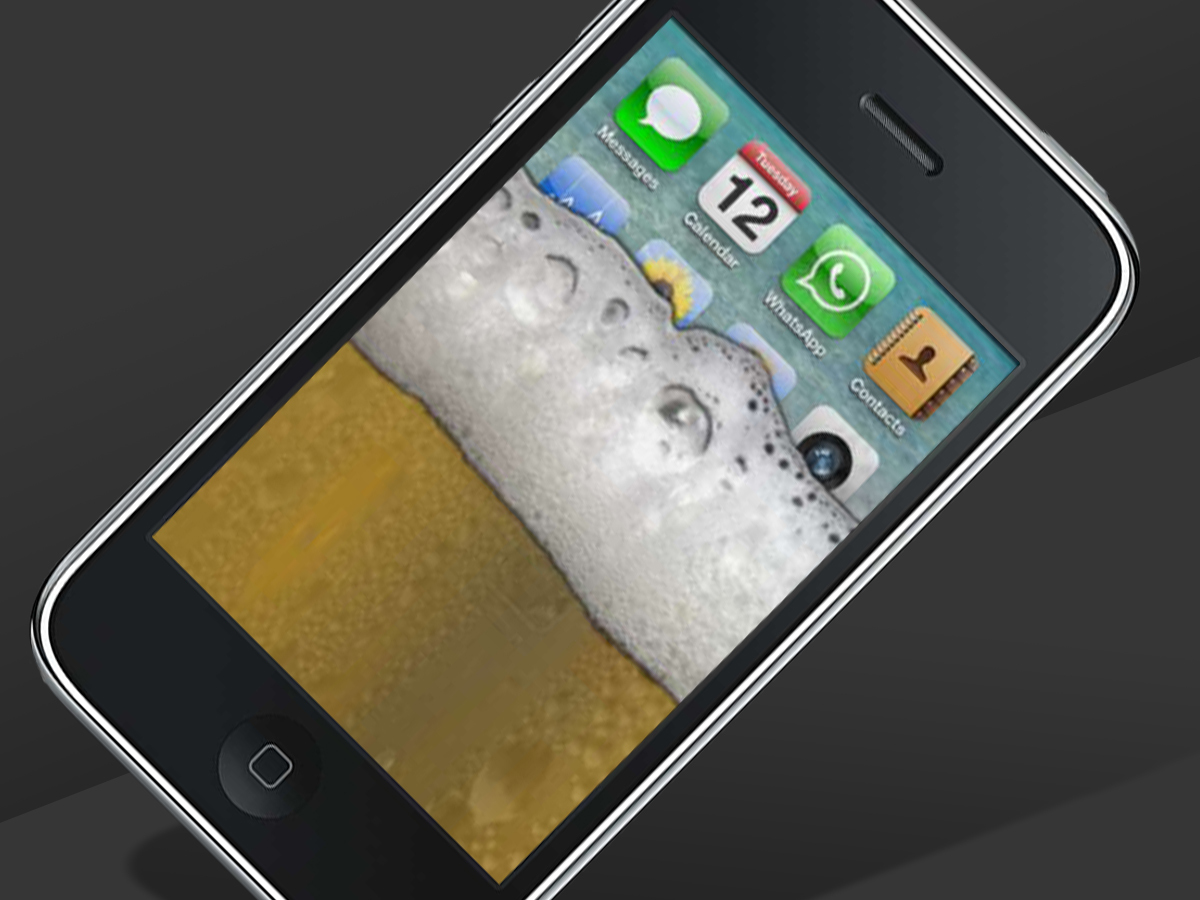
Even early iPhones had accelerometers, so they knew which way up they were. Cue: apps like iBeer, which – according to its creators – is a “hilarious visual trick [that] behaves like a real glass of beer”.
Stuff would take exception to the ‘hilarious’ claim, and the ‘real glass of beer’ bit, too, unless you think a low-quality pixelated image of beer sloshing about on your iPhone is a proper pint. In which case, think about checking out a different local – or learning what beer is.
iFreshener
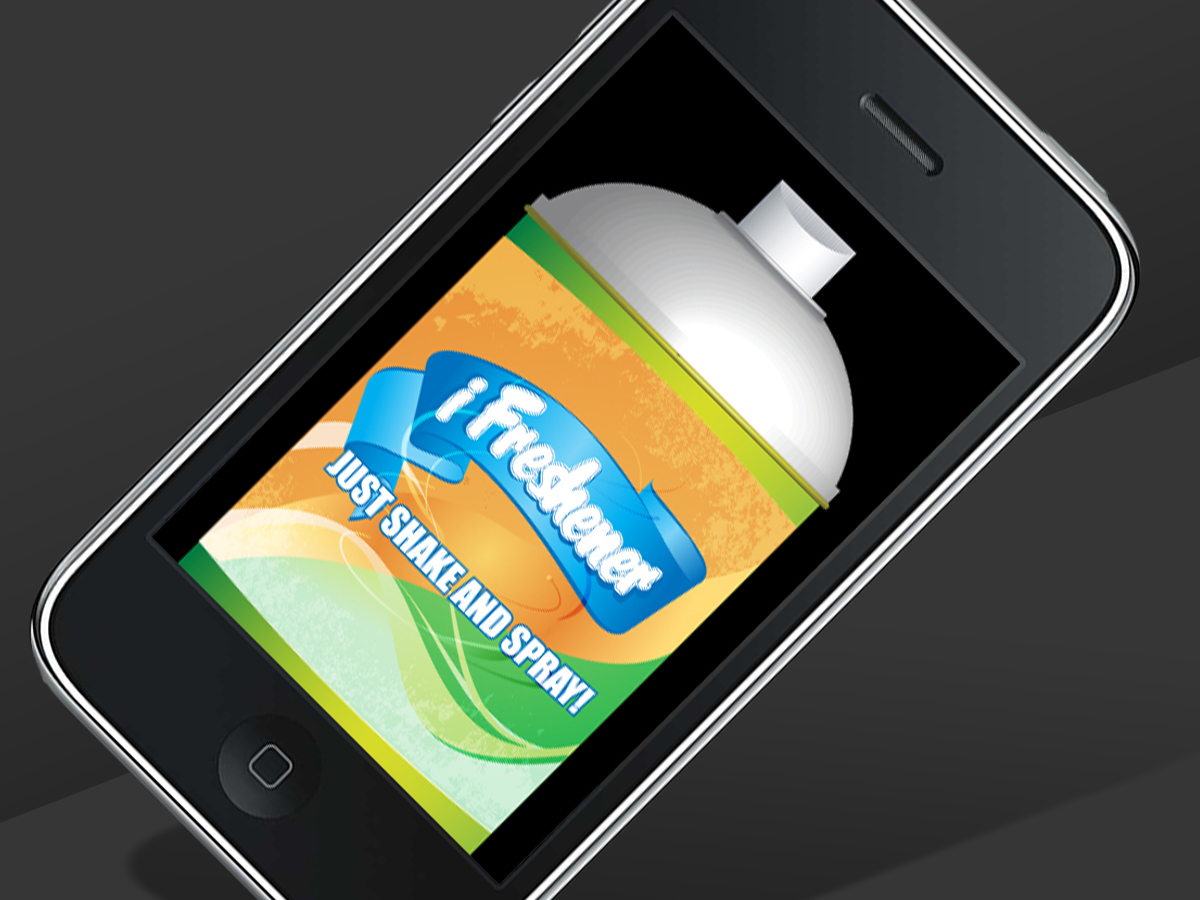
To give iBeer its due, at least there was some care taken to get all the app’s accelerometer shenanigans and visuals working. Nothing like that was the case for the mercifully long-departed iFreshener.
Designed as an “escape from the virtual smell” of the slew of fart apps that afflicted the App Store’s early days, this one – prepare to hold your sides in mirth overload – gave you a badly drawn can of air freshener. It hissed a bit when pressed – much like anyone with taste would do on seeing someone had downloaded this rubbish.
I Am Important
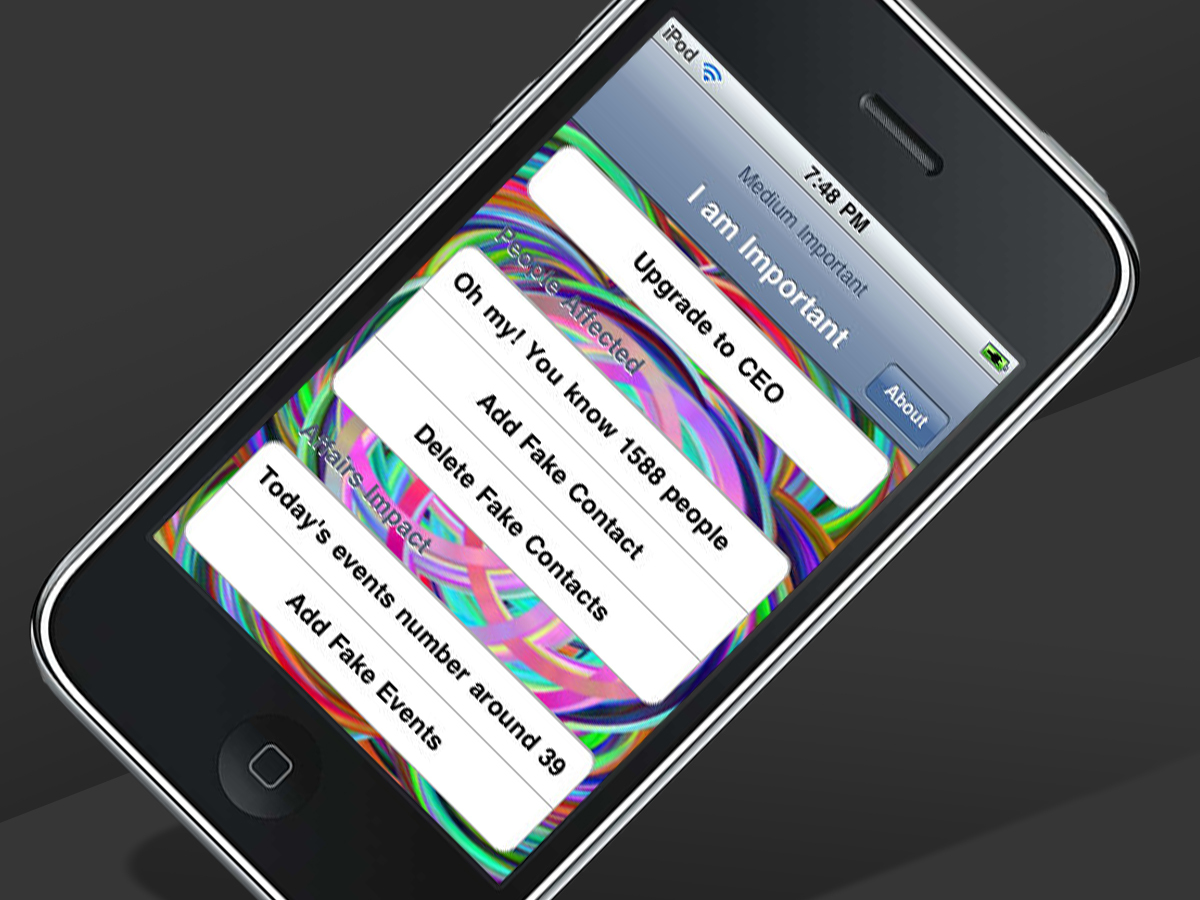
I Am Important, which probably no longer actually works, so don’t bother downloading it, aimed to make you feel important by filling your iPhone with fake contacts and events. “Oh my!” it would exclaim, “You know 403 people,” thereby helpfully highlighting you’d used the app precisely 402 times too many.
If you just couldn’t contain all the excitement within your own iPhone, you could spew this rubbish all over Facebook; because if there’s one thing we know impresses friends, it’s telling them about “top-flying shakers” you made up while having had a few too many iBeers.
Virtual Mouth Videos
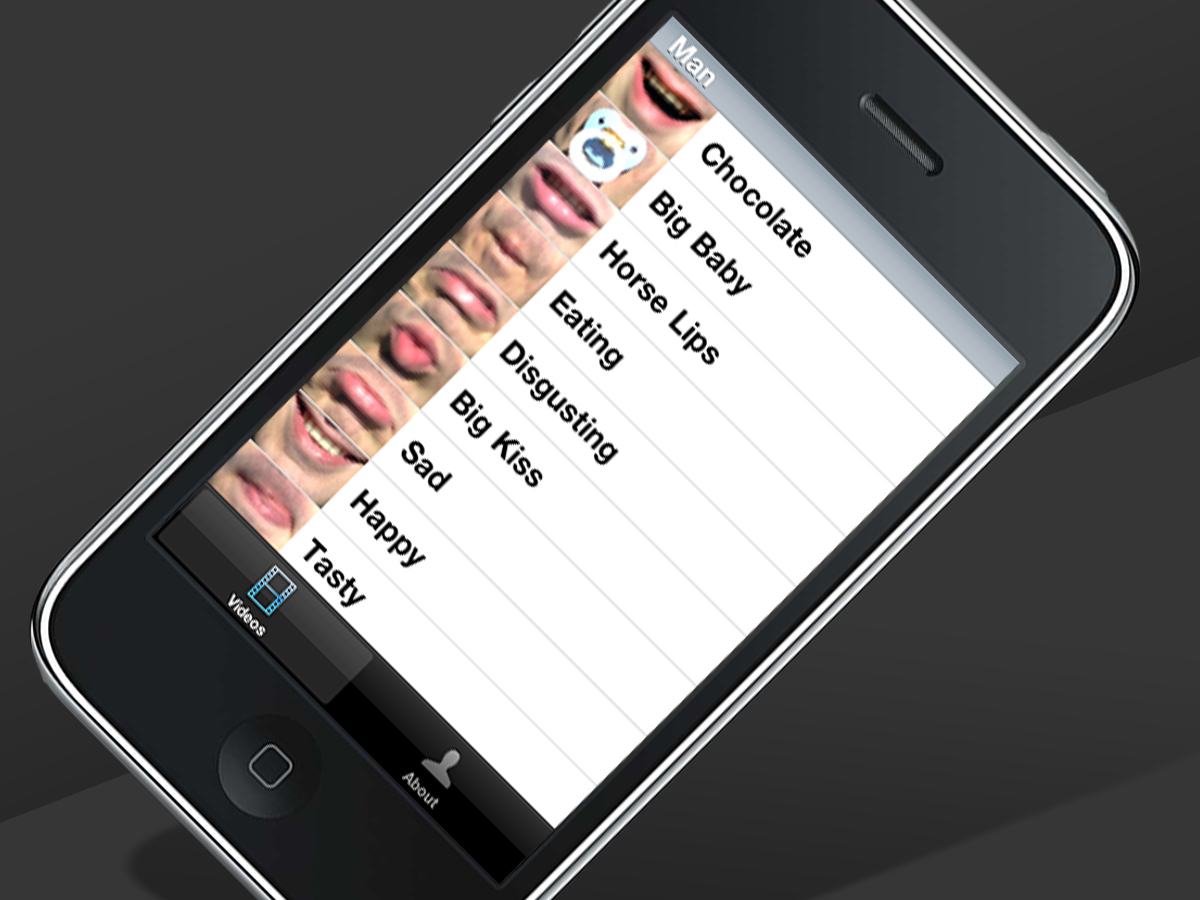
Our final choice may in future history books be cited as an example of a tipping point – when humanity finally lost its collective mind. The app suggested that when your boss gave you a juicy project to work on, you could select the ‘Tasty’ mouth video and put your iPhone in front of your face to “express yourself visually”. And so on.
The app creator added there was a vibration alert to indicate the end of each video so people “won’t laugh at you when the video” ends. Yeah, too late. Way, way too late.

